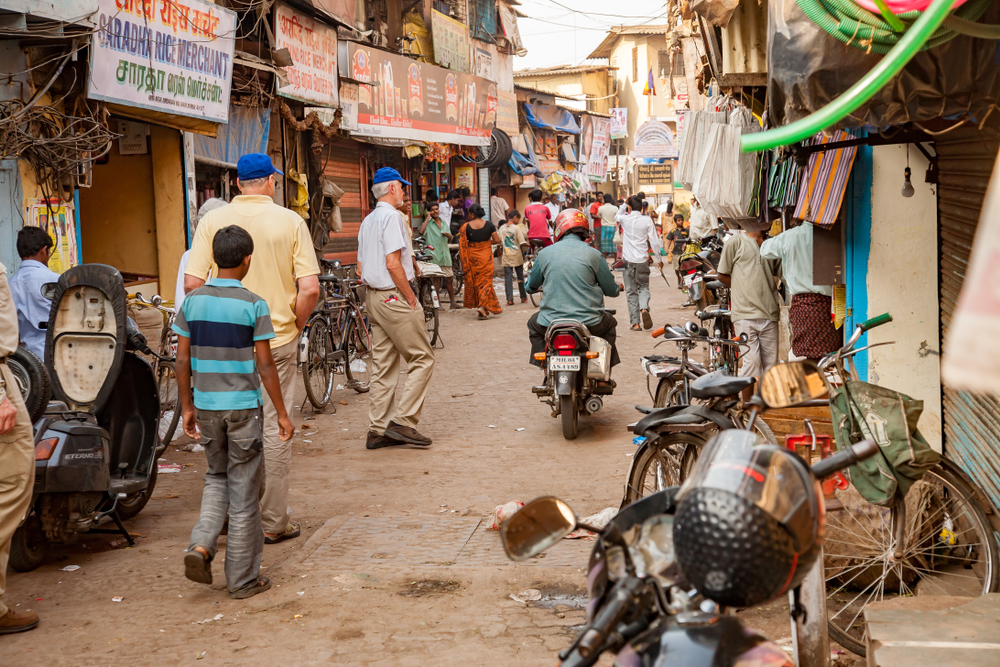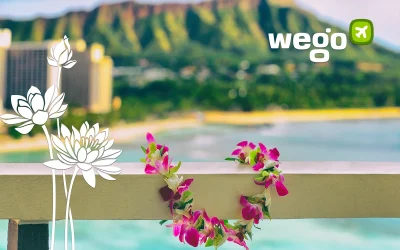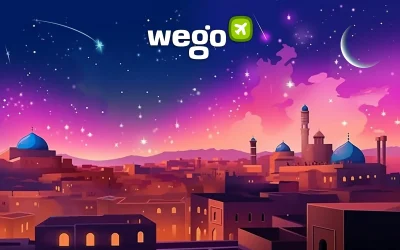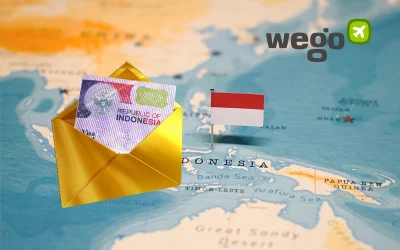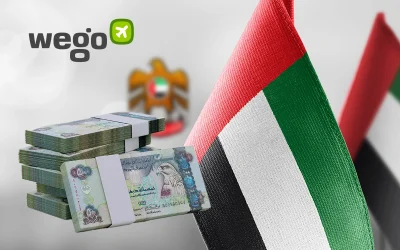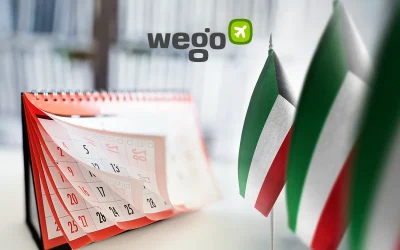As the restless souls of jaded travelers descend upon the ramshackle throngs of dwelling and elfin enterprises, it begs the question: why? And, should we? To answer this, it is essential to first know what slum tourism is all about.
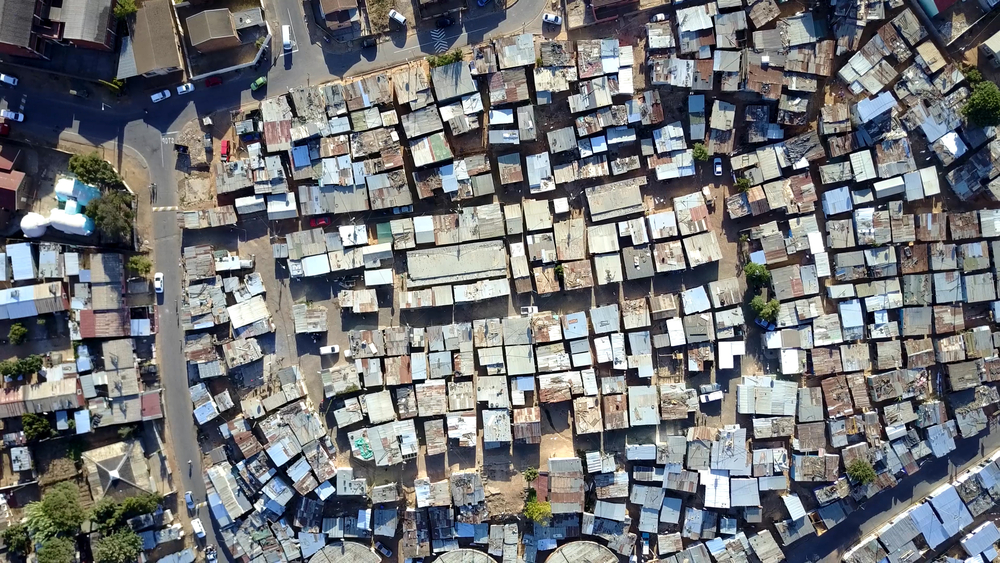
Slum tourism: how it started
While the curiosity of the middle-class and wealthy stretches back to the 1800s, the resurgence of the desire to peek through the blinds into impoverished settlements only made a reemergence in the last two decades.
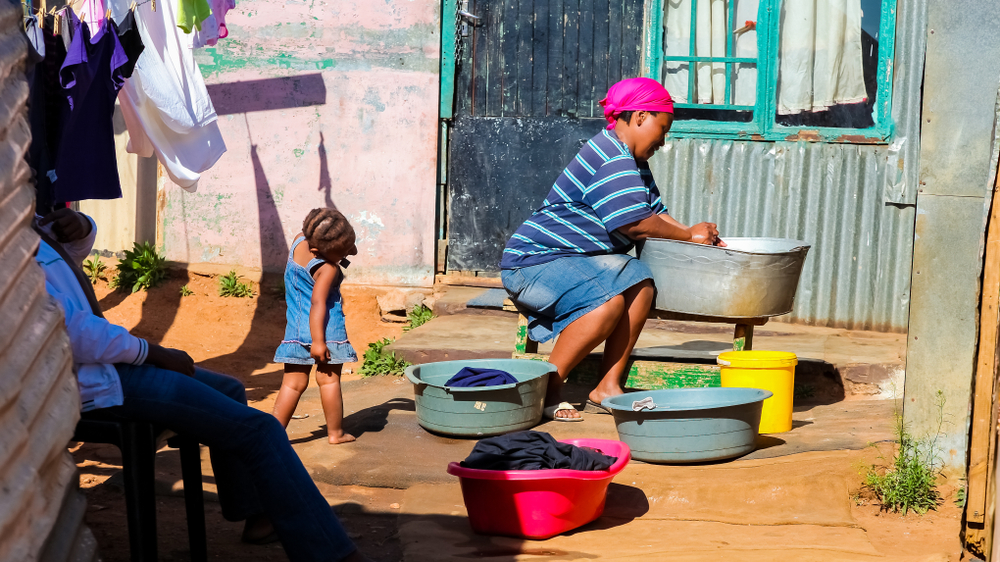
Tours began being offered. Tourists started flocking in. Debates sparked off.
It all began with the social justice movements in South Africa in the 1990s. Even though it was initially formed as propaganda, prompted by political motivations of the Apartheid regime, this soon changed.

As the quandaries of Apartheid plagued the former British colony, activist movements found in slum tourism the conduit for broader awareness.
That shed light on the plight and suffering of the oppressed black South Africans through tours in derelict townships around Cape Town and Johannesburg.
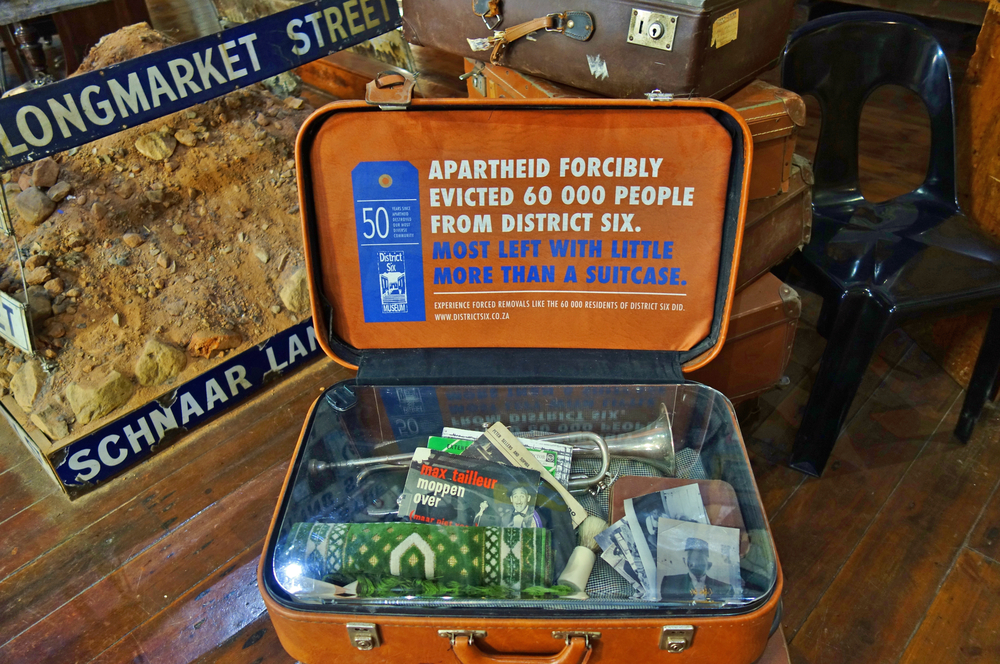
As the popularity of these tours grew, so did the offerings of organized tours. In Cape Town, these were often started at District Six, an area where over 60,000 colored people were forcibly evicted in the 70s and the District Six Museum, which chronicles those acts.
Thereafter, itineraries would differentiate, venturing into various other townships such as Gugulethu and Khayelitsha, the two largest in the Cape Town region.
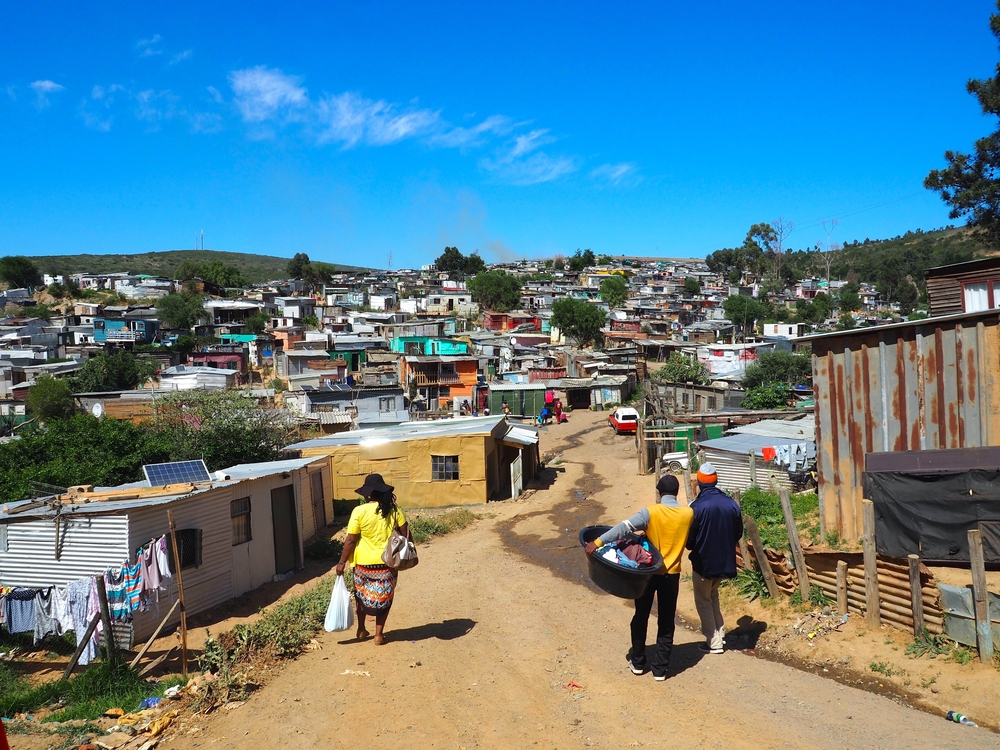
These tours primarily includes visits to landmarks of the township, visiting educational institutions, an introduction to the various housing types including a private home visit, and a stop at a shebeen (local bar) with a tasting of umqombothi (traditional beer).
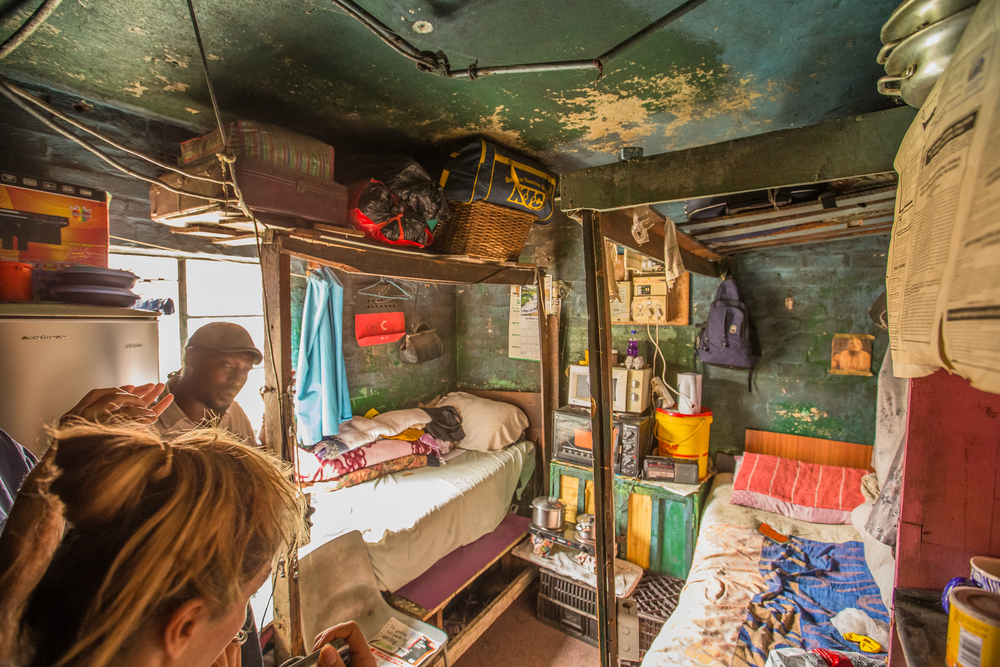
During the tour, tourists are also given opportunities to buy local crafts and souvenirs, and the chance to make a contribution to local social organizations.
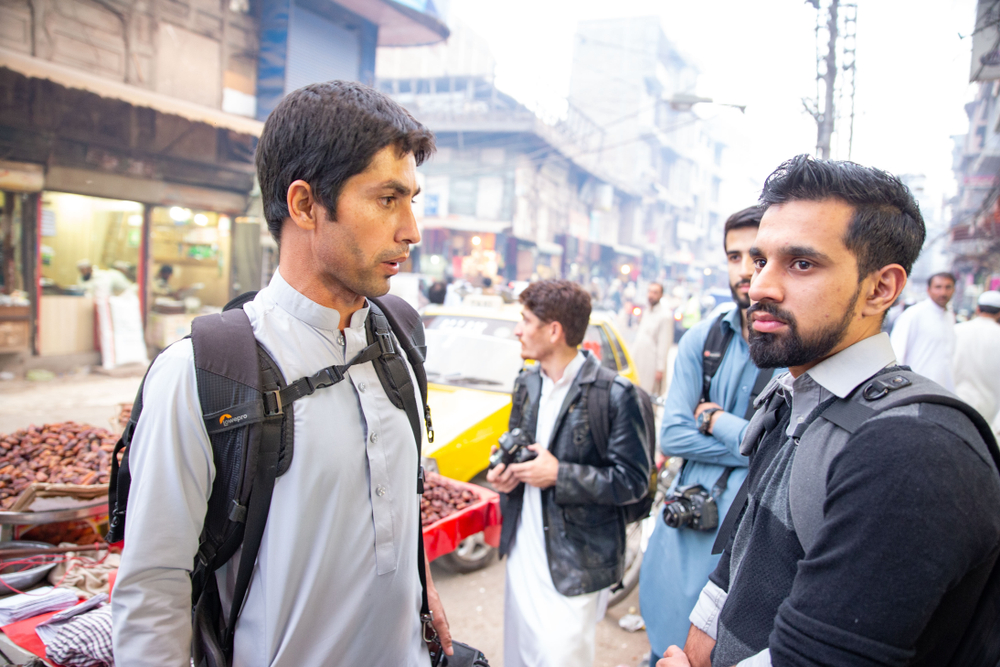
Slum tourism around the world
South Africa is hardly the only place to offer such tours; Brazil’s favelas in Rio de Janeiro and São Paolo, and the slums of Mumbai and Delhi in India are other equally prominent locations. Perhaps more prominent, thanks to City of God and Slumdog Millionaire.
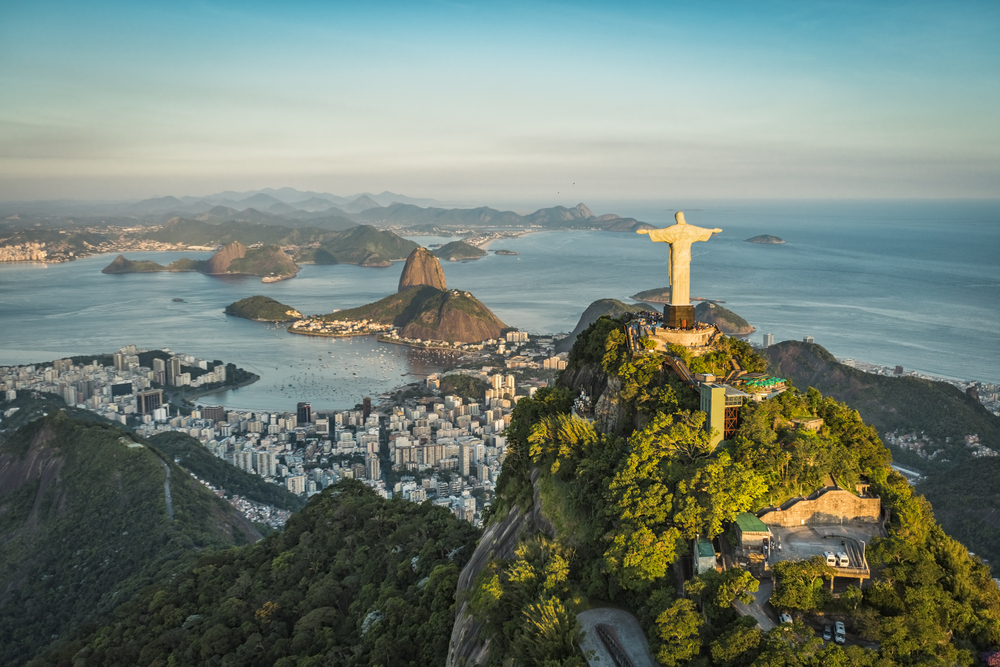
In Rio de Janeiro, tours to the favelas are encouraged and promoted by the Brazilian government. The biggest of which is Rocinha.
On these tours, visitors would learn about the disparities within the favelas themselves, visit educational institutions, interact with social workers on their voluntary projects, and pay a visit to a local eatery or cafe.
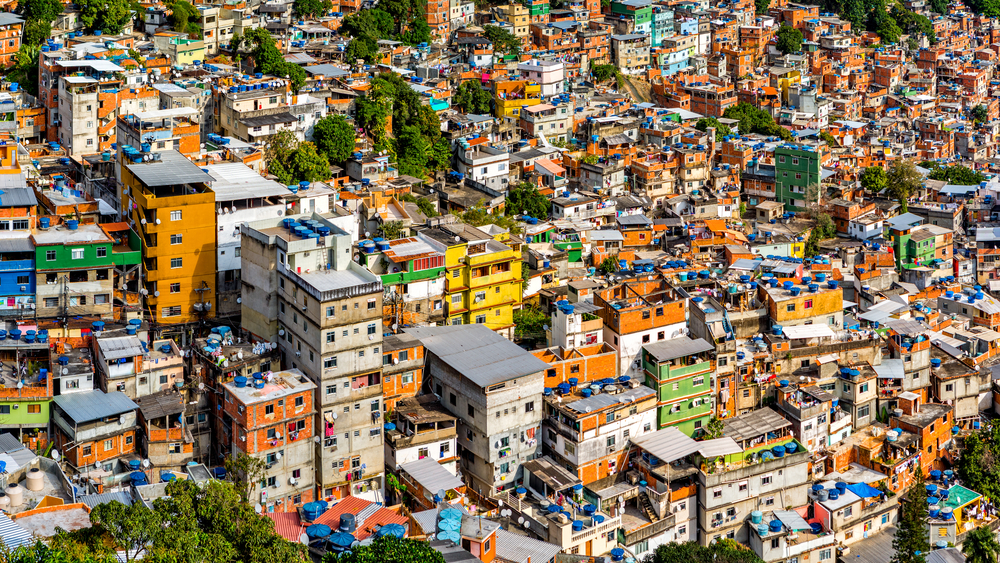
Rocinha favela
That might all seem somewhat similar to the tours offered to Cape Town. The significant difference, however, is that the takeaway in Rio is intended to normalize how life in favelas are perceived.

Kids playing in one of Rio’s favelas
While dangers are still evident due to the prevalence of drugs and crime, there is an innocuousness to daily life, with residents having access to relatively modern infrastructure (e.g., internet access) and leisurely activities (e.g., samba classes).
Unlike South Africa and Brazil, slum tourism in India is a comparatively new phenomenon.
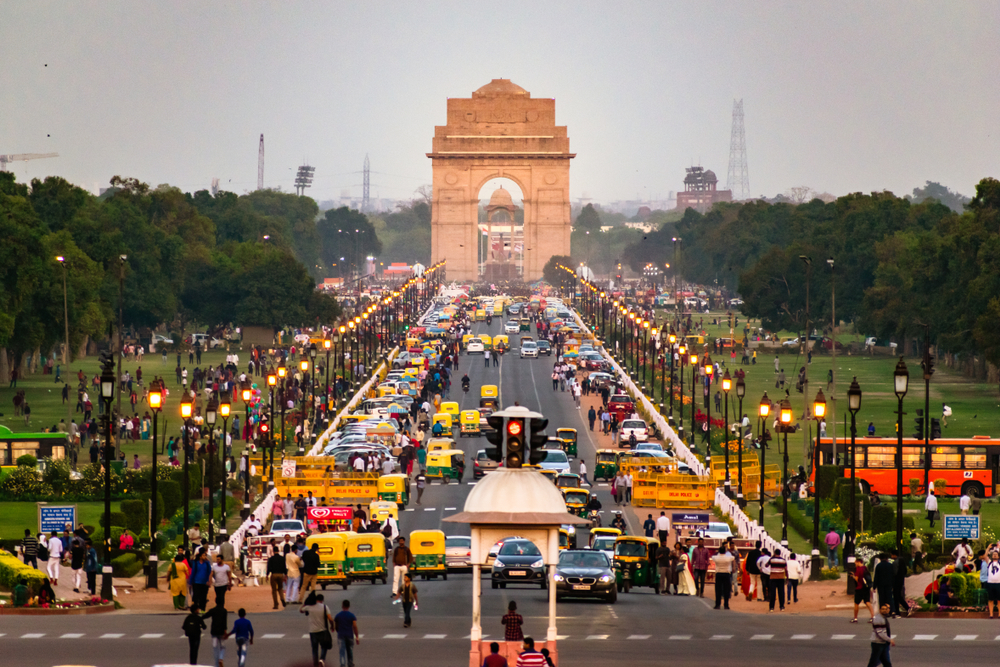
The preeminent slum is Dharavi, which is one of the largest in the world, even with its disputed population figures. It was thrust into the spotlight after the release of Slumdog Millionaire, even though it was just the filming site and not the actual slum the movie was set in.
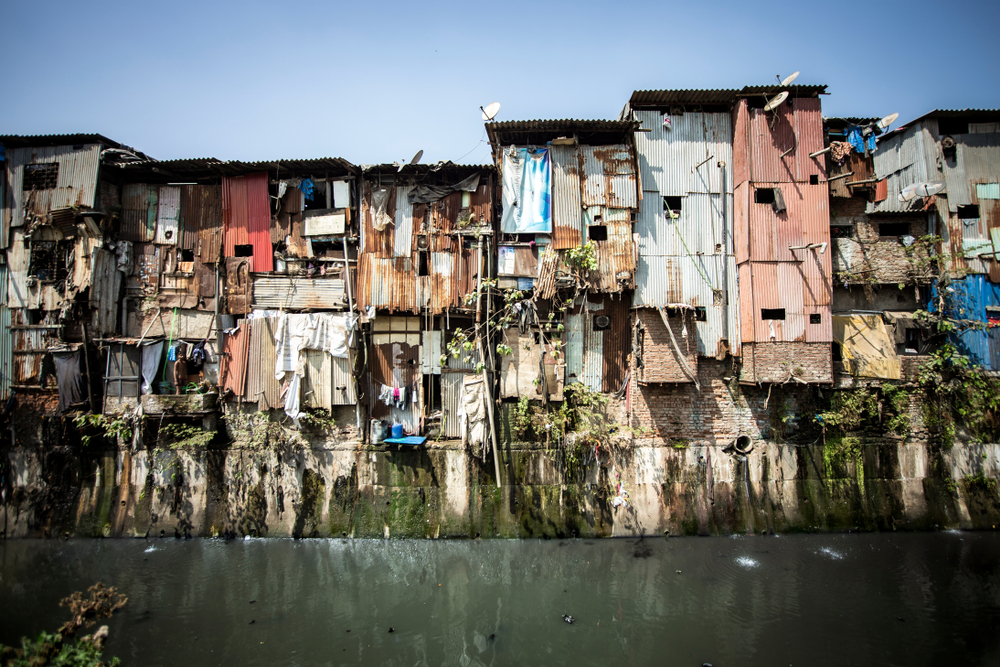
Plenty of tour organizations have emerged in light of the slum’s fame, which was significant even before Slumdog, offering pretty much similar programs like those in Cape Town and Rio with school visits and social participation.
However, Dharavi is also well known for its recycling industry, taking in and processing recyclables from all over India.
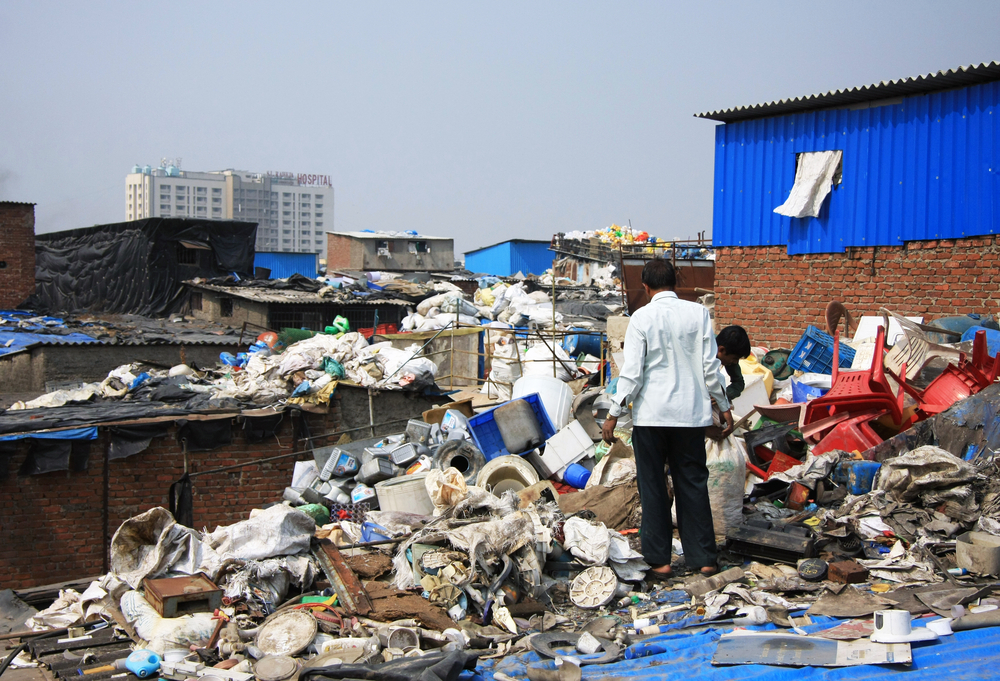
There is also a great deal of social and ethnic differentiation within the slum itself, which, in a grander scheme of things, serves as commentary to the socio-economic disparity and differences in India.
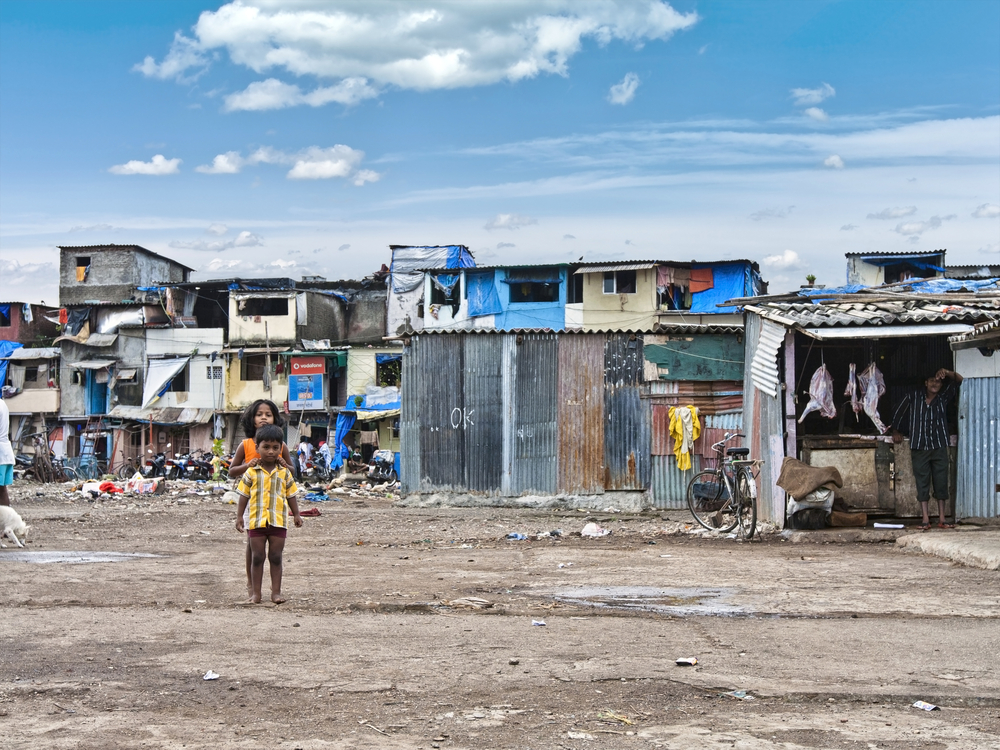
It is clear, through the offerings of each country’s individual tours, that motivations from tourists to visit such places have some form of homogeneity: to experience the so-called “real life” in a country and to break the monotony of typical experiences one gets from mass tourism activities. Supply offered by demand.
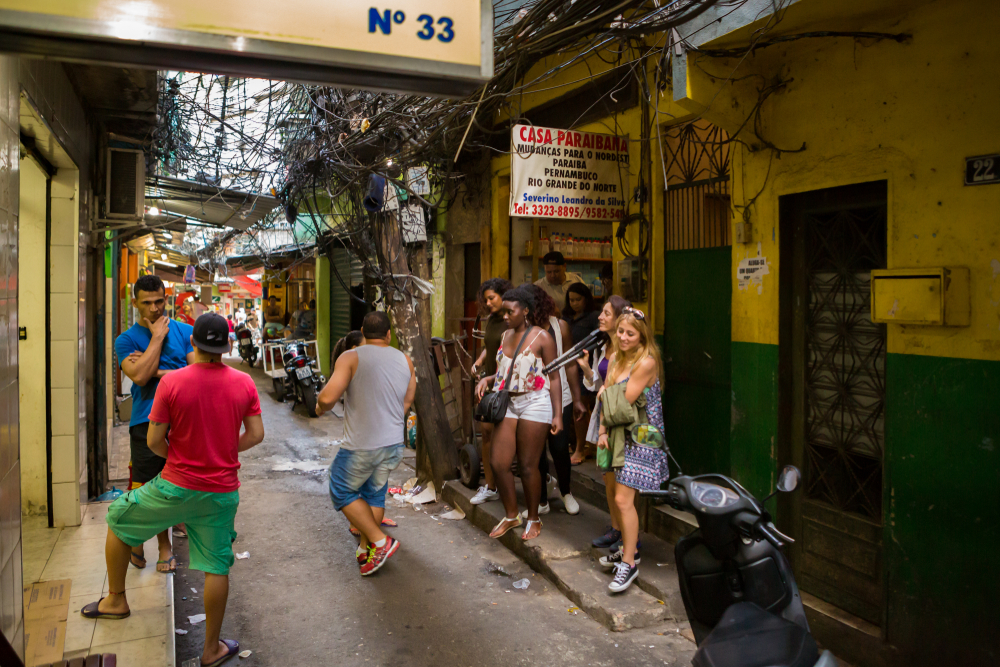
Sifting through the pros and cons
With the inflow of visitors, there has indubitably been a considerable amount of contributions to these societies.
In a tangible sense, impoverished communities living in these slums get supplementary forms of monetary influx as they get to sell their local crafts, fill seats in food and beverage establishments, and receive donations through social organizations.
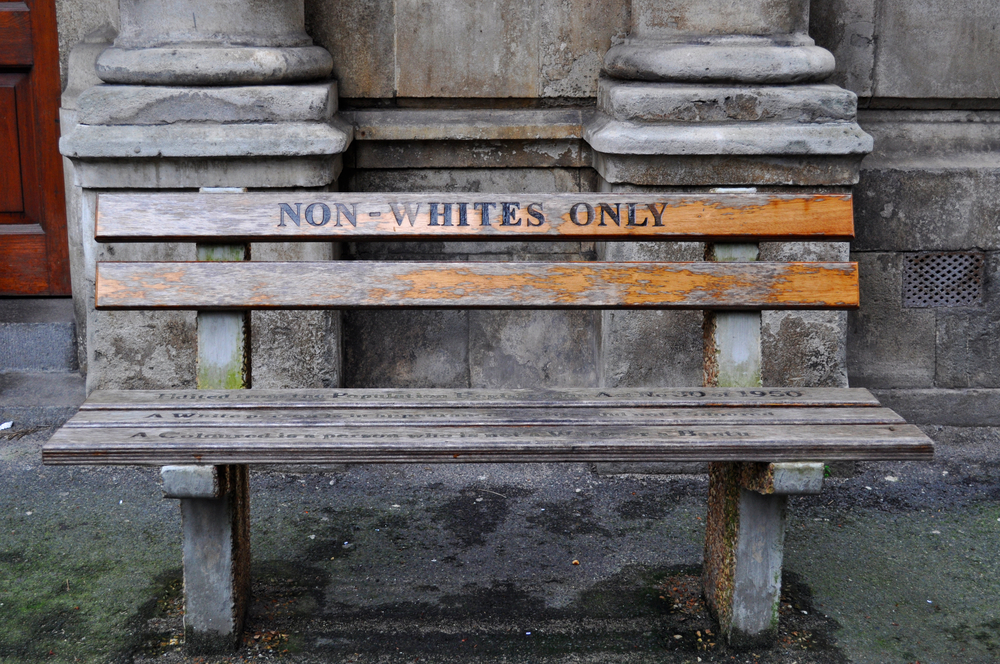
On an intangible aspect, the benefits are more profound. The exposure that South Africa has gotten on its Apartheid past has opened the eyes of many to the importance of equality and the cruelty of discrimination.
It also helped mitigate the hardcore, drug-infested image of favelas in Brazil that mainstream media, and even the local media sometimes, often portray.

However, the insidiousness of slum tourism cannot be denied. While there may have been an increase in aid to those in need, many tour companies prey on these communities.
Due to a lack of regulation, many of these companies are driven purely by the bottom line and design tours that do not benefit the locals much or in any way.
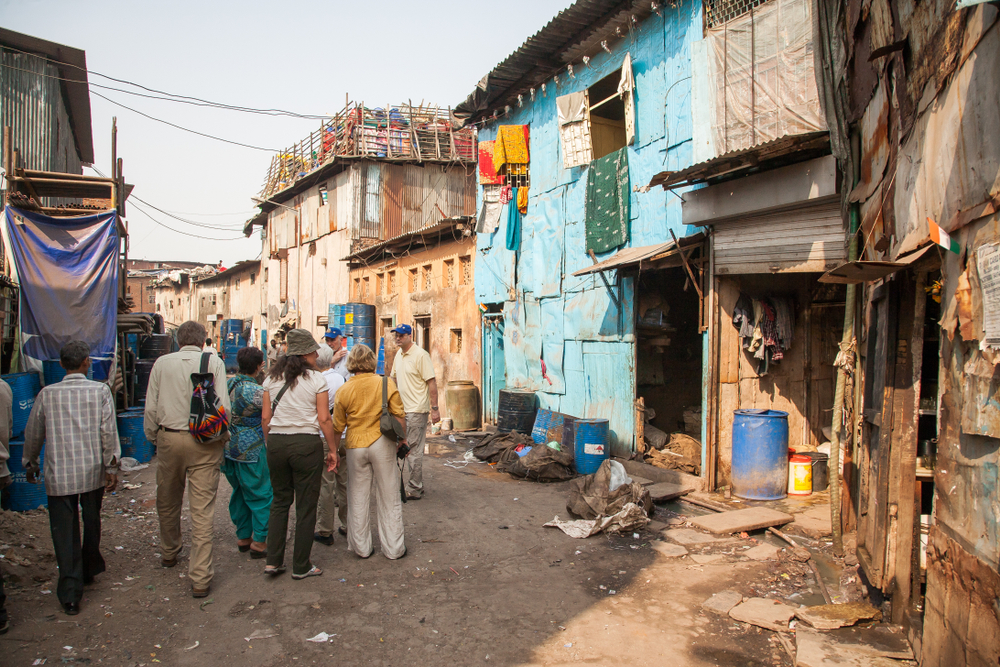
In other words, not enough is being done for the communities, and these agencies are making their money off the backs of the poor.
As predatory as some tour organizations can be, the tourists themselves at times fail to understand the significance and momentousness of these locations.
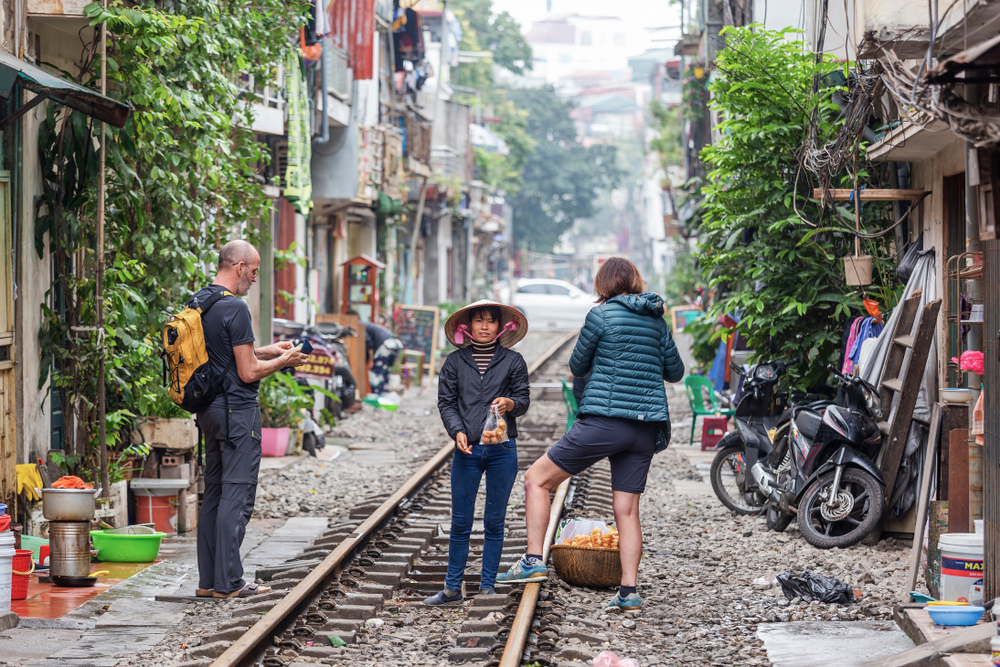
These areas are homes to communities, and not a backdrop for a shock value photo, and not every place along a tour is open to prying eyes and curious minds.
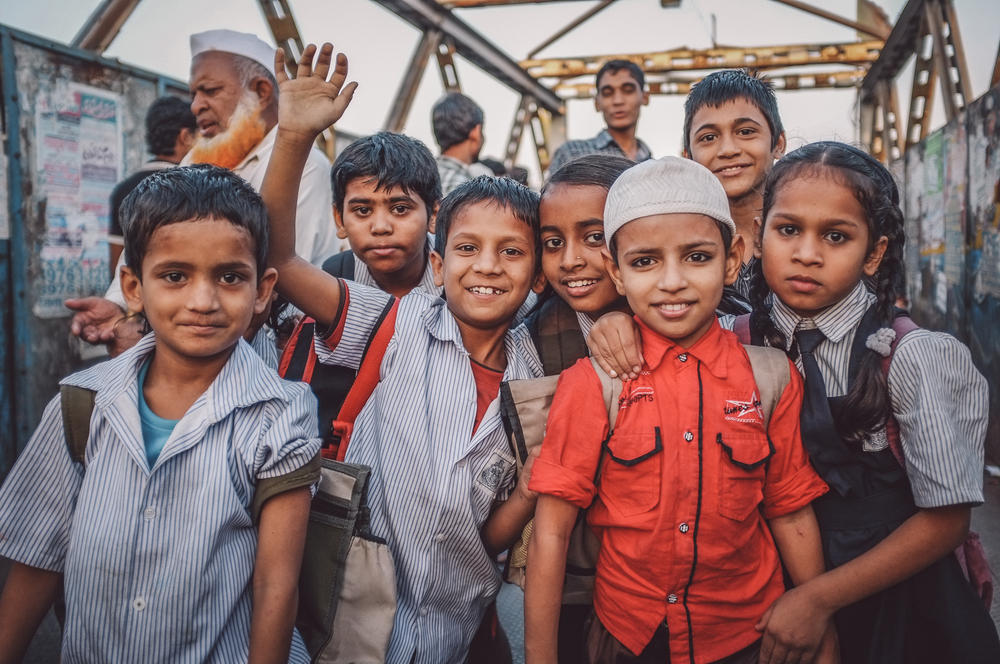
It is essential to note the far-reaching ramifications of slum tourism. Indicative of the widening wealth gap in societies the world over, the social and economic issues that face these communities must not be taken lightly.
Soak up every bit of insight and exposure, and if you feel empowered to, spread the word or make whatever contributions you can for the tired and the poor.

